Beware: SARS is strengthening anti-avoidance rules when it comes to transferring loans between trusts. Here’s what you need to know.
By Annalise Heydenrych, Tax and Compliance consultant, Sentinel International
The 2021 Draft Taxation Laws Amendment Bill (“DTLAB”) was released on 28 July 2021. The document contains several proposals to strengthen anti-avoidance rules, including another proposed amendment to Section 7C of the Income Tax Act relating to loan transfers between trusts. Currently, a loan agreement between trusts is not subject to the provisions of Section 7C…
Before we get to the proposed amendment, let’s take a step back and first consider what Section 7C is, and how it applies to trusts and their loan agreements.
Previously, it was common for a taxpayer to transfer their assets to a trust. This removed the assets from their estate and thereby lessened the Estate Duty payable at death, which is charged at 20% (or 25% if the estate is valued at more than R30 million). By transferring assets to a trust, those assets would remain in the trust over multiple generations, as the trust is a vehicle that never becomes subject to Estate Duty. More importantly, however, transferring assets to a trust also removed tax on the growth on the assets, i.e. interest and capital gains.
These transfers were structured as loans. If the individual donated the assets to the trust, 20% Donation Tax would be triggered – equal to Estate Duty. So, by using an interest-free loan instead, the assets remained in the personal estate of the transferor. Such assets would eventually be subject to Estate Duty, but this could be negated by reducing the loan amount over a period of time using the taxpayer’s annual tax-free donation amount of R100 000. In other words, a taxpayer would exchange an asset in their personal estate for a loan, which – although still an asset – would decrease by R100 000 per year, effectively reducing the taxpayer’s estate value. Furthermore, the growth on the transferred assets would not impact the loan value. It was a win-win scenario.
SARS cracked down
Section 7C came into effect on 1 March 2017, with retroactive application. The legislation was deliberately aimed at preventing Estate Duty avoidance by using the structure described above.
Under S7C, if a natural person makes a loan to a trust to which they are connected, that loan becomes a donation. The value of the donation is determined by multiplying the loan amount by the difference between the interest at the official rate and the interest actually charged. (This closes the interest-free loophole.) Although the R100 000 tax-free donation allowance is still available to the taxpayer, this amount now needs to be utilised to cover the total donation value with interest. Often, very little – if any – remains to write off against the capital portion of the loan.
But there was still another way… Initially, S7C only applied to a loan made by a natural person to a connected trust, and later to certain connected companies. There was still room to circumvent the application of the legislation if loans were made between trusts, or within certain trust-to-company structures.
However, an interest-free loan agreement between South African trusts now also looks to be unfeasible if the proposed amendment to S7C comes into effect. The wording in the DTLAB is clumsy, but it doesn’t seem like there is much room to manoeuvre: According to the proposed amendment, legal changes will be made “to ensure that the anti-avoidance measures also apply in respect of any loan, advance or credit that a trust, directly or indirectly provides to a trust in relation to which its beneficiaries or the founder are connected persons in relation to the founder or beneficiaries of the trust that provided the loan, advance or credit.”
“Connected person” is defined as any beneficiary of a trust and any spouse or relative within three degrees of consanguinity in relation to a beneficiary. If a trust owns 20% or more of the shares in a company, all the beneficiaries of that trust will be connected to the company as well. The proposal goes one step further and even includes connected persons of the founder of the trust.
What should I do?
With legislation changing constantly, professional tax and estate advice is more important than ever before. With the new amendments to S7C, trustees have to ensure that sufficient tax planning is put in place to fulfil their fiduciary duty and to preserve the wealth for the beneficiaries.
If you have a trust with loans to a connected trust, which will be impacted by the new legislation, or if you have any other questions regarding trusts and tax, please do not hesitate to contact one of Sentinel’s expert advisors.
www.sentinelinternational.co.za

